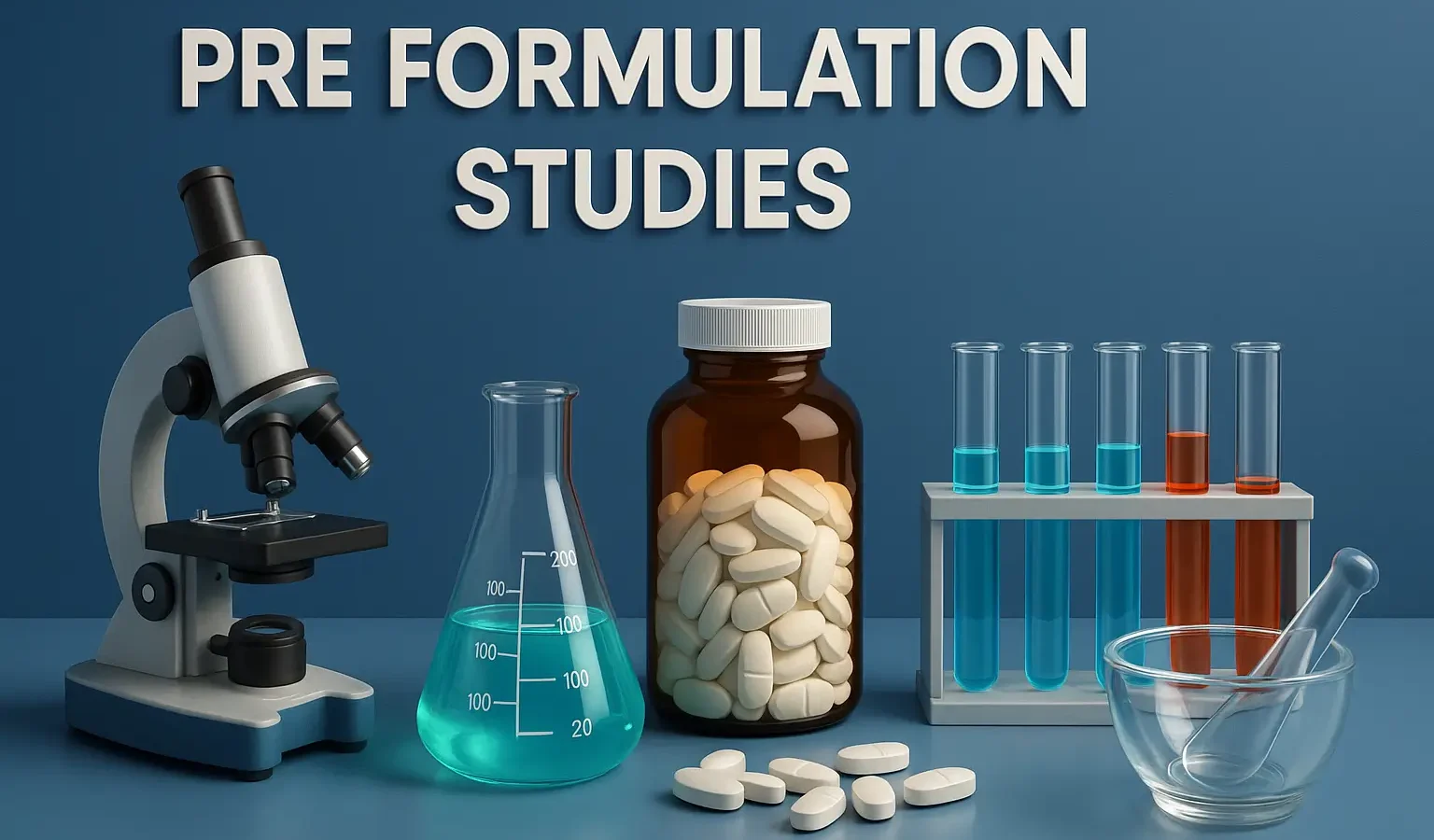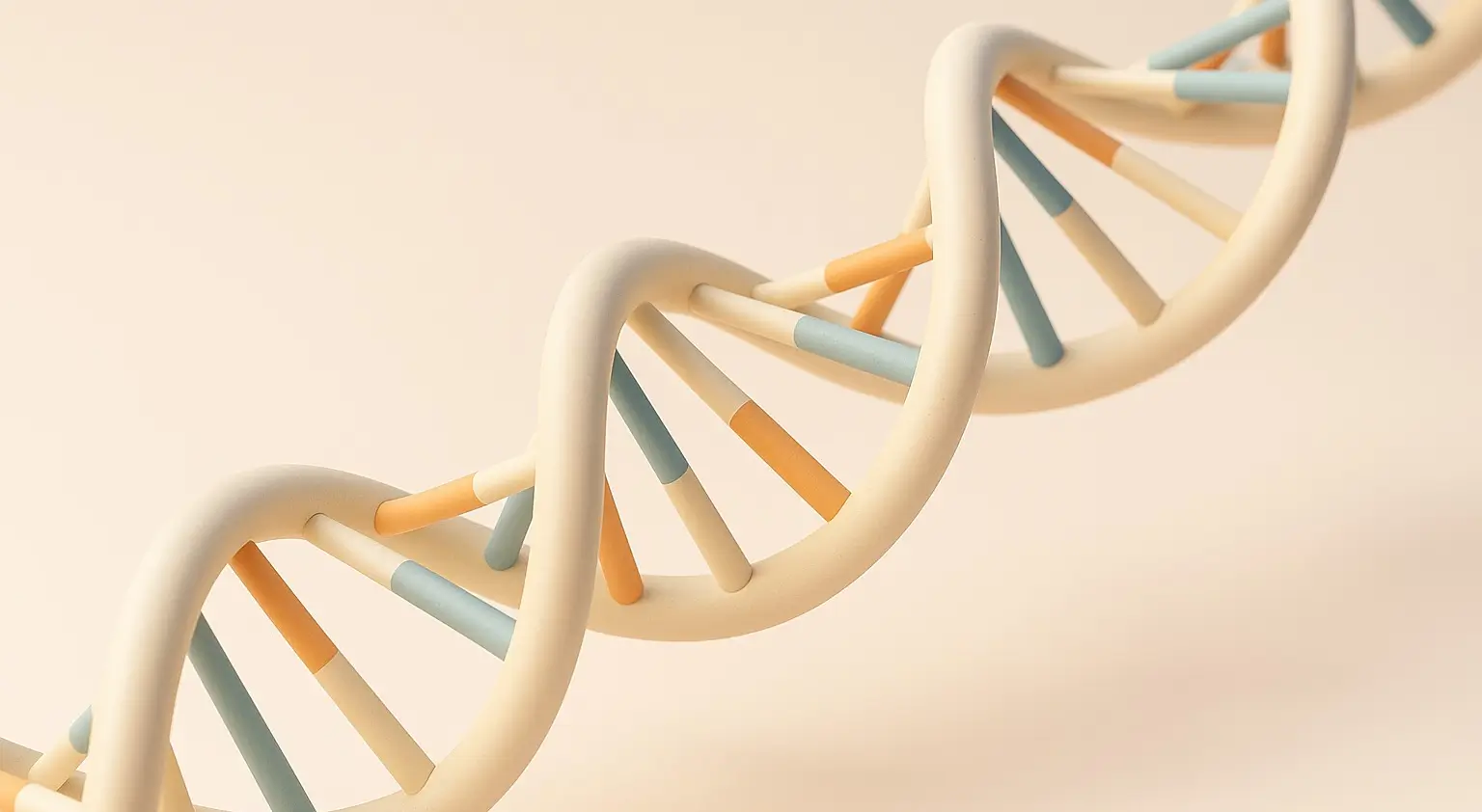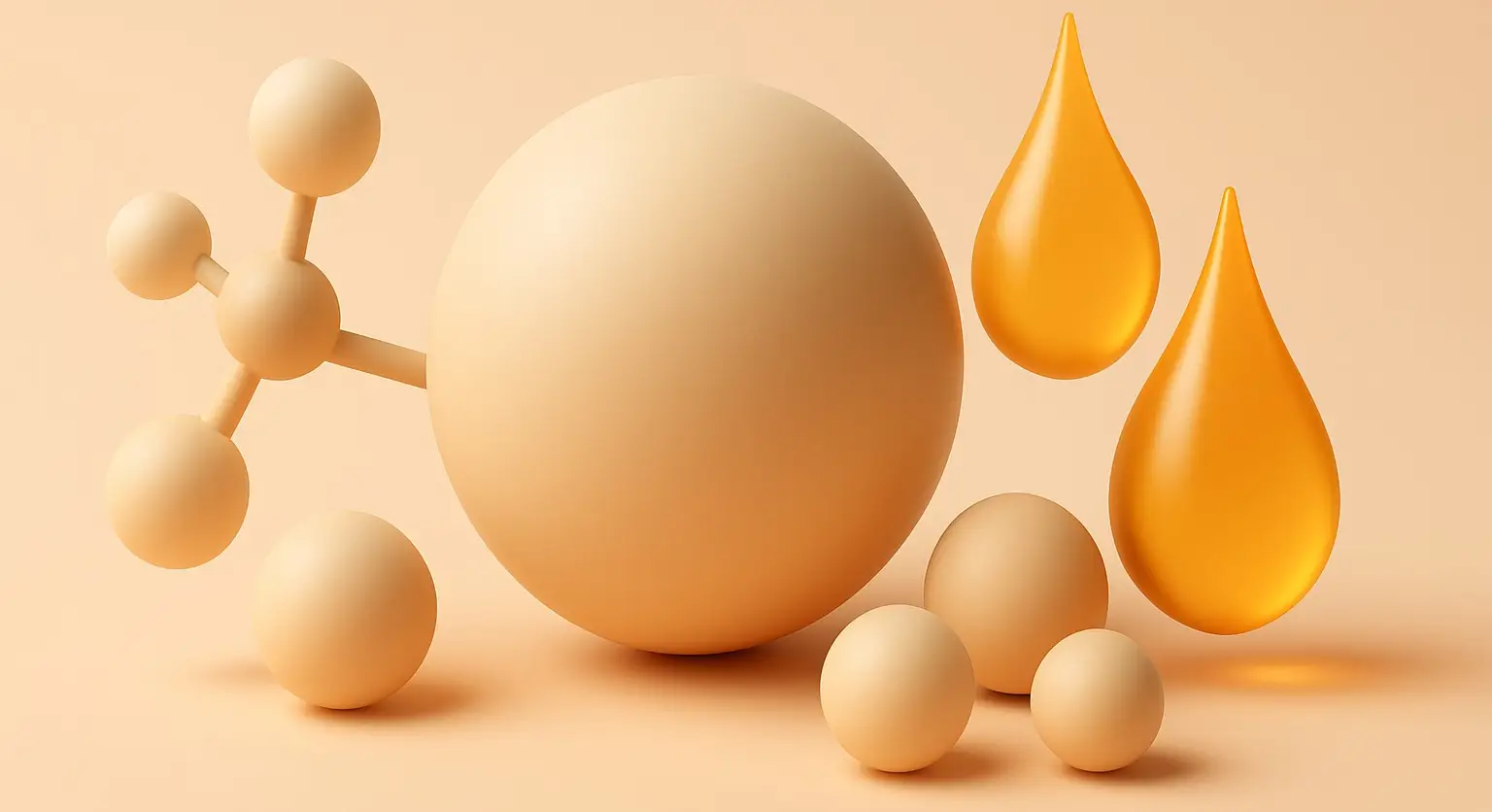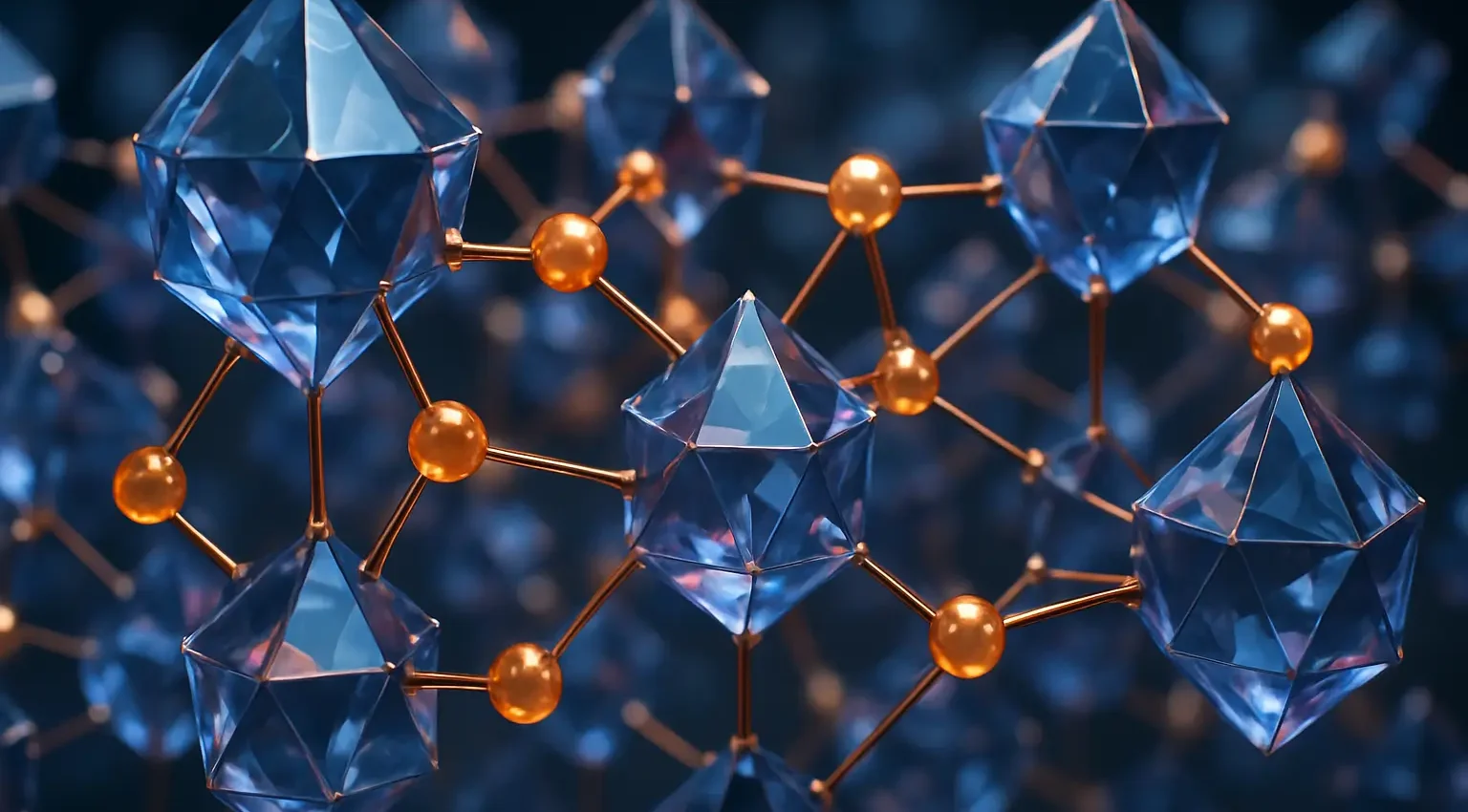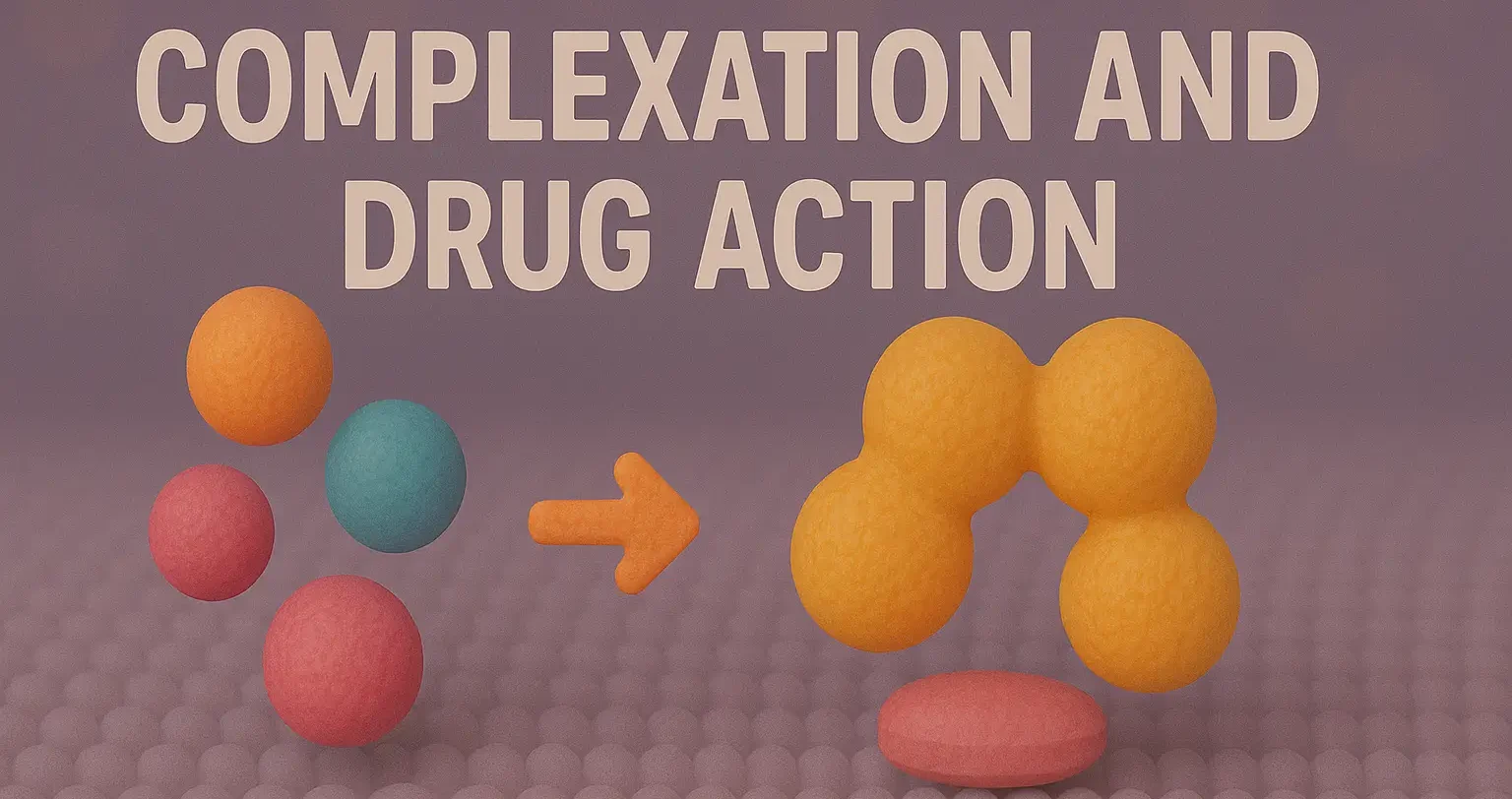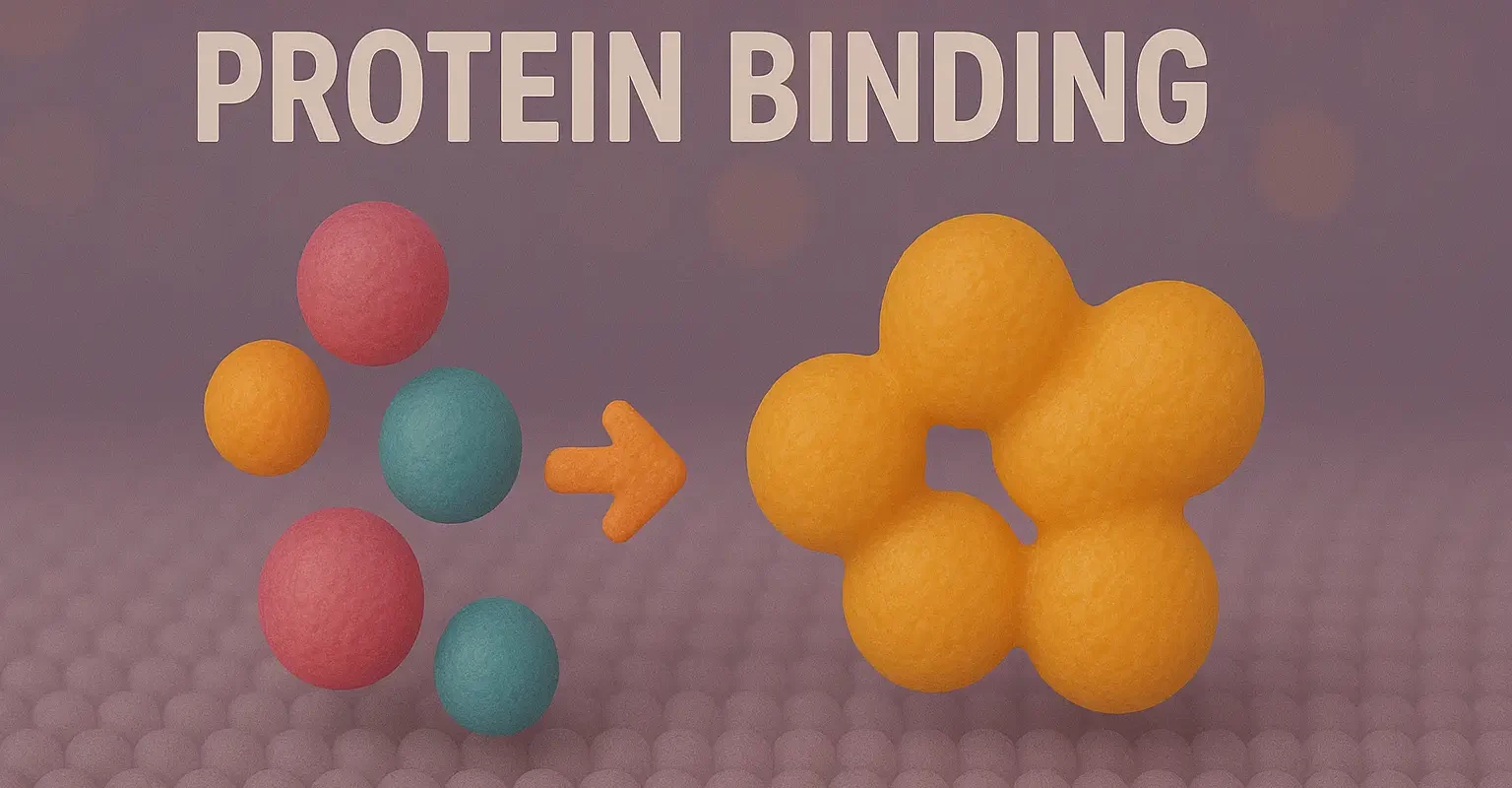Import under License or Permit
Understand the rules for import under license or permit, and how they regulate drug and cosmetic entry into India legally. Licensing Authority: Importing drugs and cosmetics into India requires obtaining the necessary licenses or permits from the Central Licensing Authority. The process involves: Requirements: The process involves: Application to Import under License or Permit: Importers … Read more


